Rachel Pollack is a poet, an award-winning novelist, a world authority on the modern interpretation of Tarot cards, and a Tarot card artist. Her novel Godmother Night won the 1997 World Fantasy Award. Her earlier novel, Unquenchable Fire, won the Arthur C. Clarke Award.
She has published twelve books on the Tarot, including Seventy-Eight Degrees of Wisdom, often called "the Bible of Tarot readers," and is the creator of the Shining Tribe Tarot. Her books have been published in nine languages. Rachel lives in New York's Hudson Valley.

Hermann Haindl was born in 1927 in Berlin, Germany. In 1944, at the age of seventeen, he was summoned to the Nazi German army and a few weeks later he was a prisoner of war. He spent three and a half years in a prisoners' camp in Kiev, Ukraine. Here he had several near-death experiences, through being shot and contracting disease.
When he came back to Germany he was 90 percent handicapped from the war and captivity in prison camp. His mother was a refugee in West Germany. After this long time outside of normal society, it was difficult to come back to everyday life and find a job. At last he started a new career at the theater in Frankfurt am Main as a stage designer and as director of the theater's art workshops. He was one of the most famous theater painters in Germany, and worked for theaters in Bayreuth and Barcelona together with the best-known stage designers in the 60s and 70s. In 1973, Golda Meir asked him to paint a huge picture of nearly 300 meters of history and landscapes for the twenty-fifth anniversary of the founding of the state of Israel. He taught master classes at the universities of Jerusalem and Bayreuth and at the theater-school in Recklinghausen, Germany.
When he was fifty years old, he left the theater and started a new career as a free painter. In his experience of the vast risk of life, he sought to integrate spirituality and art. Through worldwide travel he found an approach to the cultures of indigenous people and sought ancient philosophic wisdom in Europe. In this way he found the Tarot and also the Kabbalah. In accordance with the rules of the historic brotherhood of the Golden Dawn he painted his own Tarot cards, and later the Kabbalah tree to be used together with the Tarot cards.
In 1985, when the Droemer-Knaur publishing house came to know about his Tarot cards, they put Hermann Haindl in contact with Rachel Pollack. This became the basis of a life-long cooperation and friendship between them.
RACHEL POLLACK



... viii
... ix
... xi
... xiii
ONE
TWO
... 13
THREE
... 35
FOUR
... 57
FIVE
... 75
SIX
... 85
SEVEN
... 107
EIGHT
... 133
... 157
... 163
... 166
 o Avigayil Landsman, Reb Avigayil the Sage, extraordinary teacher and devoted friend. May the One who blessed all our ancestors bless her with health and continued brilliance. Keyn y'{ii ra'tzon.
o Avigayil Landsman, Reb Avigayil the Sage, extraordinary teacher and devoted friend. May the One who blessed all our ancestors bless her with health and continued brilliance. Keyn y'{ii ra'tzon.
 he first I ever heard of Hermann Haindl was a phone call from Gerhard Riemann, at that time the editor of the company that published my first Tarot books in German. "We're about to publish a new Tarot deck by a German artist," Gerhard said to me, "would you be interested to write the text?" I assumed he meant the LWB (little white booklet) that comes with virtually every Tarot deck, and told him that that would be fine. A few days later, Hermann and his wife Erica came to my apartment in Amsterdam, their arms full of astonishing paintings.
he first I ever heard of Hermann Haindl was a phone call from Gerhard Riemann, at that time the editor of the company that published my first Tarot books in German. "We're about to publish a new Tarot deck by a German artist," Gerhard said to me, "would you be interested to write the text?" I assumed he meant the LWB (little white booklet) that comes with virtually every Tarot deck, and told him that that would be fine. A few days later, Hermann and his wife Erica came to my apartment in Amsterdam, their arms full of astonishing paintings.
I had never seen Tarot pictures like these before, not just for their artistic mastery but for their range and depth of spiritual experience. As I would get to know Hermann, I would learn of his young years as a German prisoner of war in a brutal Russian camp, of his horror after the war when he discovered what his nation had done. I would learn as well that instead of despair Hermann turned to a lifelong search for beauty and the divine and moral responsibility. His paintings reflected journeys to sacred centers in India, initiation rituals in Native America, and ancient temples in Egypt.
At that first meeting, however, I knew only that this small project would clearly take more time and effort than I had imagined. So after that initial look I asked the cards if I should do this project. They were very enthusiastic, with images of cooperation, understanding, and success. Instead of a little white booklet I ended up writing five hundred pages on the Haindl Tarot, published in English in two volumes.

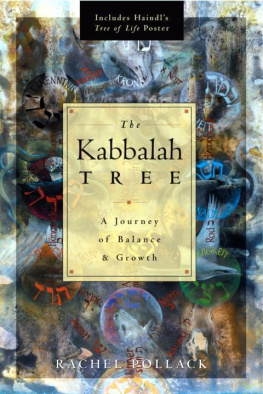
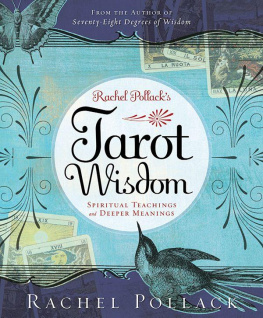

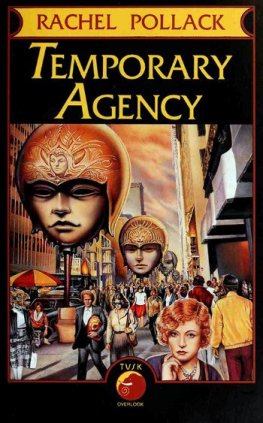
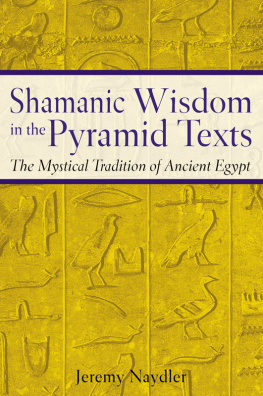
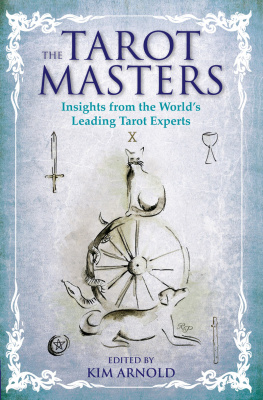


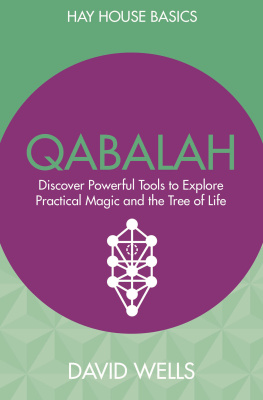










 o Avigayil Landsman, Reb Avigayil the Sage, extraordinary teacher and devoted friend. May the One who blessed all our ancestors bless her with health and continued brilliance. Keyn y'{ii ra'tzon.
o Avigayil Landsman, Reb Avigayil the Sage, extraordinary teacher and devoted friend. May the One who blessed all our ancestors bless her with health and continued brilliance. Keyn y'{ii ra'tzon. he first I ever heard of Hermann Haindl was a phone call from Gerhard Riemann, at that time the editor of the company that published my first Tarot books in German. "We're about to publish a new Tarot deck by a German artist," Gerhard said to me, "would you be interested to write the text?" I assumed he meant the LWB (little white booklet) that comes with virtually every Tarot deck, and told him that that would be fine. A few days later, Hermann and his wife Erica came to my apartment in Amsterdam, their arms full of astonishing paintings.
he first I ever heard of Hermann Haindl was a phone call from Gerhard Riemann, at that time the editor of the company that published my first Tarot books in German. "We're about to publish a new Tarot deck by a German artist," Gerhard said to me, "would you be interested to write the text?" I assumed he meant the LWB (little white booklet) that comes with virtually every Tarot deck, and told him that that would be fine. A few days later, Hermann and his wife Erica came to my apartment in Amsterdam, their arms full of astonishing paintings.